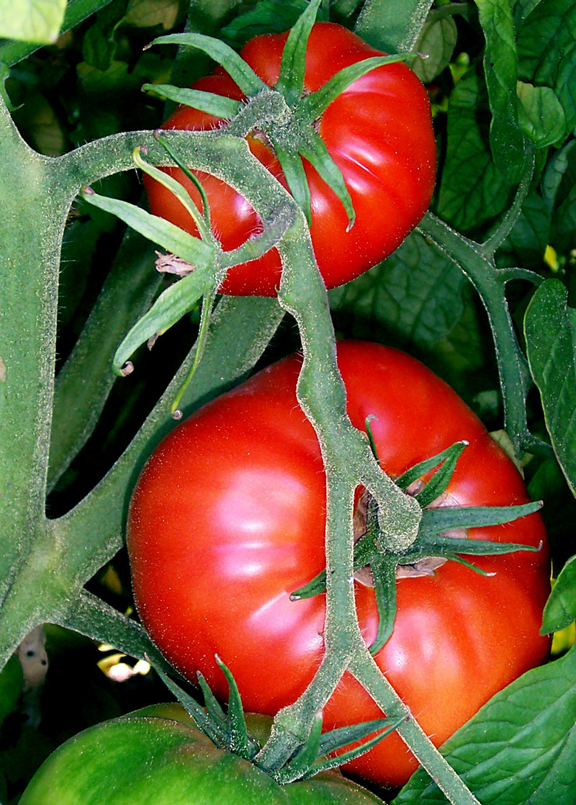Richard Ha writes:
The "Safe and Accurate Food Labeling Act" recently introduced in the House of Representatives is an attempt to provide clarity.
Farmers don't have a problem with labeling. We just need for regulations to be uniform, so that everyone is playing by the same rules. This is just plain common sense.
From The Packer:
UPDATED: Federal GMO labeling bill draws ag support
04/09/2014 03:30:00 PM Tom Karst
(UPDATED COVERAGE, April 10) Drawing support from major agricultural groups but pointed opposition from environmental groups, legislation that would prevent states from enacting mandatory labeling of genetically modified food has been introduced in the House of Representatives.
Reps. Mike Pompeo, R-Kan., and G.K. Butterfield, D-N.C., introduced H.R. 4432, called The Safe and Accurate Food Labeling Act on April 9.
“This legislation is vital to giving America’s farmers certainty about what the rules of the game will be when it comes to labeling foods containing GMOs, an issue that cries out for a national solution,” Chuck Conner, president and CEO of the National Council of Farmer Cooperatives, said in a news release.
“A 50-state patchwork of different labeling laws and regulations would not only burden farmers and food producers but would cause significant confusion among consumers at grocery stores across the country.
Also in that article, Chuck Conner points out that GMO crops will be important to meet future world food needs, and why this bill is significant.
“This bill represents an important step in cutting through the misinformation about GMOs and instead focuses on the science attesting to their safety and the benefits these crops provide,” Conner said in the release.
Bob Stallman, president of the American Farm Bureau Federation, Washington, D.C., also strongly supports the legislation.
“With the introduction of this legislation and the leadership of the bill’s sponsors, Farm Bureau looks forward to a national-level discussion that will affirm FDA’s role in assuring consumers about GMO safety and reduce the confusion that would result from a patchwork of state labeling initiatives,” Stallman said in a statement.

